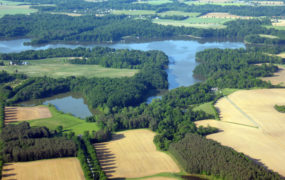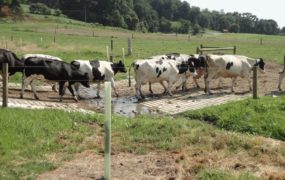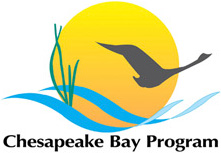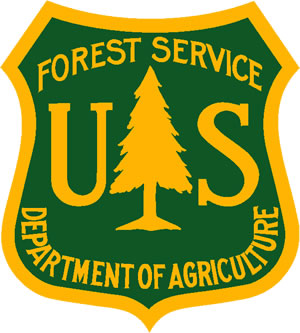The Nature Conservancy (TNC), Chesapeake Bay Foundation (CBF), and Trout Unlimited (TU) collaborated to implement conservation practices that would improve water quality and brook trout habitat within the Chesapeake Bay watershed in Pennsylvania.
The three organizations shared the belief that more efficient and effective nutrient and sediment reductions and habitat improvements can be achieved by targeting where conservation practices are located on the ground. The organizations interpreted efficiency and effectiveness in two ways; First, by focusing on applying the right practices at the right places they sought to expand existing high quality habitat and/or maximize pollution reduction. Second, they sought efficient paths to project implementation by being able to generate landowner interest more quickly and complete more projects by combining outreach channels each organization typically uses, including membership and volunteer networks, and by combining resources, including funding and staff capacity, for project materials and labor.
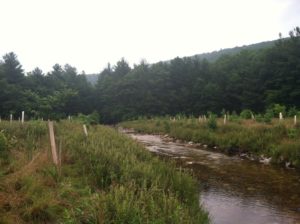 The project had three main components: Specifically, the partners were able to (1) use GIS data on riparian forest conditions, brook trout locations, and land ownership to prioritize areas for forest buffer restoration; (2) conduct outreach to landowners in priority areas; and (3) restore forested buffers through Conservation Reserve Enhancement Program and other sources of project funding. An important outcome for this project was the launch of The Nature Conservancy’s stream and wetland restoration program in the Pennsylvania portion of the Chesapeake Bay watershed. This was the first tangible project focused on restoration in south central Pennsylvania and gave TNC an opportunity to: (1) Complete a parcel-level prioritization of areas that could benefit from buffer restoration; (2) Introduce agencies and partners to the concept of a more targeted approach to identifying landowners who could help improve water quality and habitat by restoring buffers; (3) Test several methods of landowner outreach, including direct mail, outreach through fishing clubs, watershed-based meetings; and (4) Develop relationships with several restoration partners, including TU and CBF.
The project had three main components: Specifically, the partners were able to (1) use GIS data on riparian forest conditions, brook trout locations, and land ownership to prioritize areas for forest buffer restoration; (2) conduct outreach to landowners in priority areas; and (3) restore forested buffers through Conservation Reserve Enhancement Program and other sources of project funding. An important outcome for this project was the launch of The Nature Conservancy’s stream and wetland restoration program in the Pennsylvania portion of the Chesapeake Bay watershed. This was the first tangible project focused on restoration in south central Pennsylvania and gave TNC an opportunity to: (1) Complete a parcel-level prioritization of areas that could benefit from buffer restoration; (2) Introduce agencies and partners to the concept of a more targeted approach to identifying landowners who could help improve water quality and habitat by restoring buffers; (3) Test several methods of landowner outreach, including direct mail, outreach through fishing clubs, watershed-based meetings; and (4) Develop relationships with several restoration partners, including TU and CBF.

